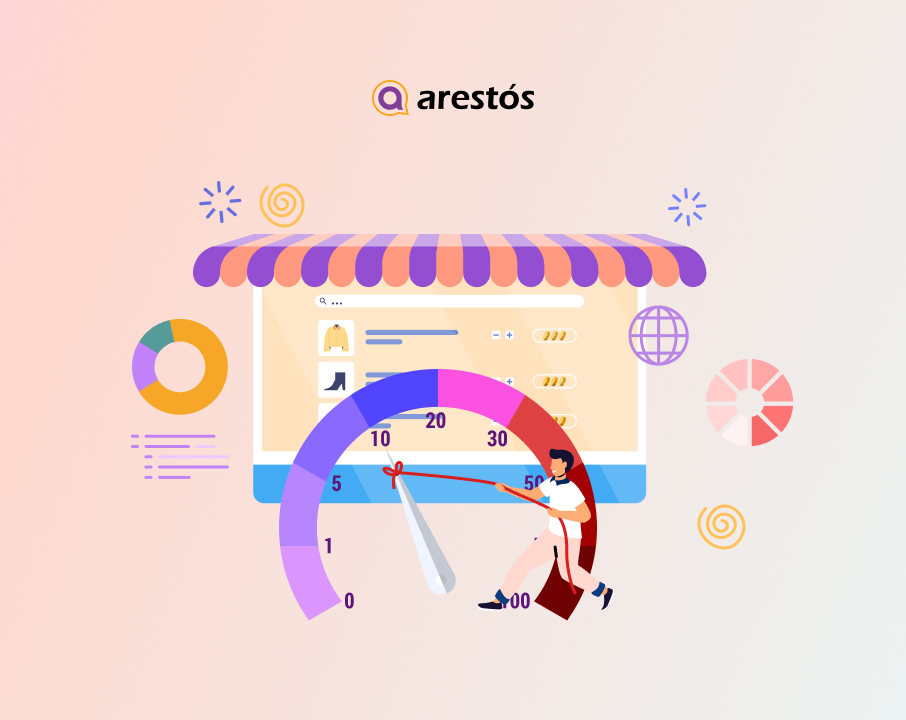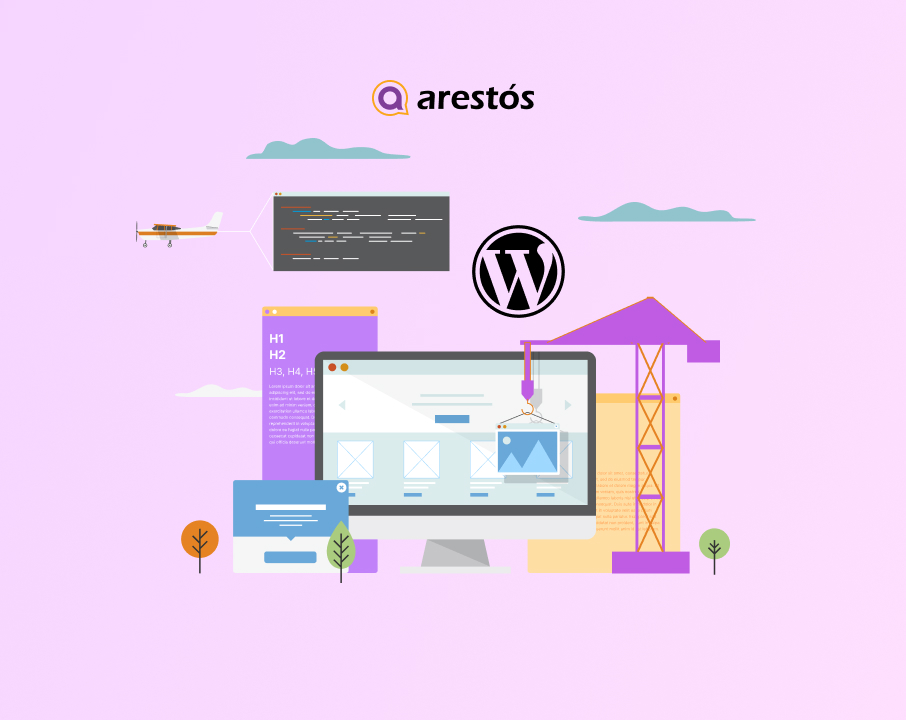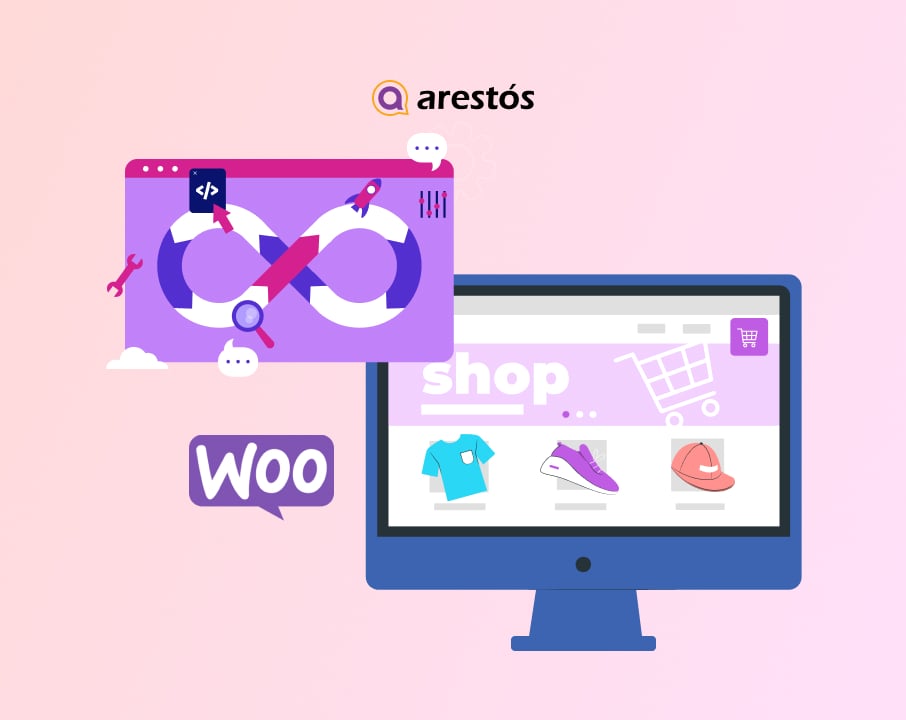ShopPage Load Speed: Why It Matters and How to Optimize It
In this article, we'll explore why shop page load speed matters and provide actionable strategies to optimize it for better performance and increased customer satisfaction. By implementing these techniques, you can enhance the user experience, improve search engine rankings, and ultimately boost your bottom line.
In the fast-paced world of e-commerce, every second counts. When it comes to your shop page, the speed at which it loads can make all the difference in driving conversions and sales. Slow loading times not only frustrate users but also lead to higher bounce rates and missed opportunities. In this article, we’ll explore why shoppage load speed matters and provide actionable strategies to optimize it for better performance and increased customer satisfaction. By implementing these techniques, you can enhance the user experience, improve search engine rankings, and ultimately boost your bottom line.
Understanding the Factors Affecting ShopPage Load Speed
Several factors contribute to the speed at which your shop page loads. These include server response time, hosting considerations, large image files, unoptimized media, and excessive scripts or plugins. Each of these elements can significantly impact the loading time and overall performance of your shop page.
Optimizing Shop Page Load Speed: The Benefits
Positive impact on user experience and customer satisfaction: Customers today have little patience for slow-loading pages. By optimizing your shop page load speed, you create a seamless and enjoyable browsing experience, reducing friction and increasing the likelihood of conversions. Users are more likely to stay engaged and explore your products when pages load quickly and smoothly.
Improved search engine rankings and visibility: Search engines, like Google, consider page load speed as a ranking factor. A faster-loading shop page can contribute to higher search engine rankings, increasing your visibility and attracting more organic traffic. Improved visibility leads to more opportunities for customer acquisition and growth.
Higher conversion rates and reduced bounce rates: A slow shoppage can be a conversion killer. Users are more likely to abandon their shopping journey if they encounter slow loading times. By optimizing your shop page, you minimize the risk of potential customers leaving before completing a purchase. The result is higher conversion rates and reduced bounce rates, translating into improved sales and revenue.
Strategies for Optimizing ShopPage Load Speed
Image optimization techniques: Large image files can significantly slow down shop page loading times. Optimize images by compressing them without sacrificing quality, using formats like JPEG or WebP. Implement lazy loading to load images as users scroll, reducing initial page load time. Additionally, utilize responsive images that adjust based on the user’s viewport, delivering the appropriate size for each device.
Minimizing HTTP requests and reducing file sizes: Aim to reduce the number of HTTP requests made by your shop page. Combine CSS and JavaScript files and minify them to reduce file sizes. Consider using techniques like Gzip compression to reduce the overall file size that needs to be transferred to the user’s browser.
Caching mechanisms and content delivery networks (CDNs): Implement caching mechanisms to store static resources, such as CSS and JavaScript files, in the user’s browser. This reduces the need to fetch these resources repeatedly, resulting in faster subsequent page loads. Additionally, consider utilizing a content delivery network (CDN) to serve your shop page’s assets from servers located closer to the user, reducing latency and improving loading times.
Reviewing and optimizing code, scripts, and plugins: Excessive or poorly optimized code, scripts, and plugins can negatively impact shop page performance. Regularly review and optimize your codebase, removing any unnecessary or outdated elements. Minimize the use of JavaScript that may block rendering and delay page load.
Mobile optimization for faster loading on smartphones and tablets: With the increasing number of mobile shoppers, it’s crucial to optimize your shop page for mobile devices. Implement responsive design principles and prioritize mobile performance to ensure fast loading times on smartphones and tablets. Test your shop page on various mobile devices to identify and address any performance bottlenecks.
Testing and Monitoring Shop Page Load Speed
To ensure optimal shop page load speed, utilize tools such as Google PageSpeed Insights and GTmetrix to measure and analyze your page’s performance. Regularly monitor loading times and benchmark against industry standards. Conduct user testing to assess actual loading times and gather feedback on the user experience. Continuously optimize based on these insights and feedback.
Best Practices for Maintaining Optimal Shop Page Load Speed
Regular performance audits and optimization updates: Perform regular audits of your shop page’s performance, identifying areas for improvement. Stay updated with the latest optimization techniques and implement them to maintain optimal loading times.
Comply with industry standards and web development best practices: Adhere to best practices in web development, including using clean code, following CSS and JavaScript optimization guidelines, and ensuring compatibility across browsers. Complying with industry standards helps optimize your shop page’s performance and ensures a seamless experience for users.
Collaboration with hosting providers and developers: Work closely with your hosting provider and web developers to ensure your infrastructure and server configurations are optimized for speed. Regularly communicate with them to address any performance issues or technical limitations that may arise.
Conclusion
In the competitive landscape of online retail, shoppage load speed can make or break your business. By understanding the factors thataffect shop page load speed and implementing optimization strategies, you can create a fast and seamless shopping experience for your customers. The benefits are manifold, including improved user experience, better search engine rankings, higher conversion rates, and reduced bounce rates.
Remember to regularly monitor and test your shop page’s loading times, and stay updated with the latest optimization techniques. By prioritizing shop page load speed and implementing best practices, you can provide a website that is not only visually appealing but also performs optimally, leading to increased customer satisfaction and business success.
Optimize your shop page load speed today and watch as your conversions and sales soar. With a faster-loading shop page, you’ll provide an exceptional user experience that keeps customers coming back for more. Start implementing these strategies and witness the positive impact on your online business.
Remember, your shop page is the gateway to your products and services. Make sure it loads quickly and efficiently to capture the attention and loyalty of your customers.



